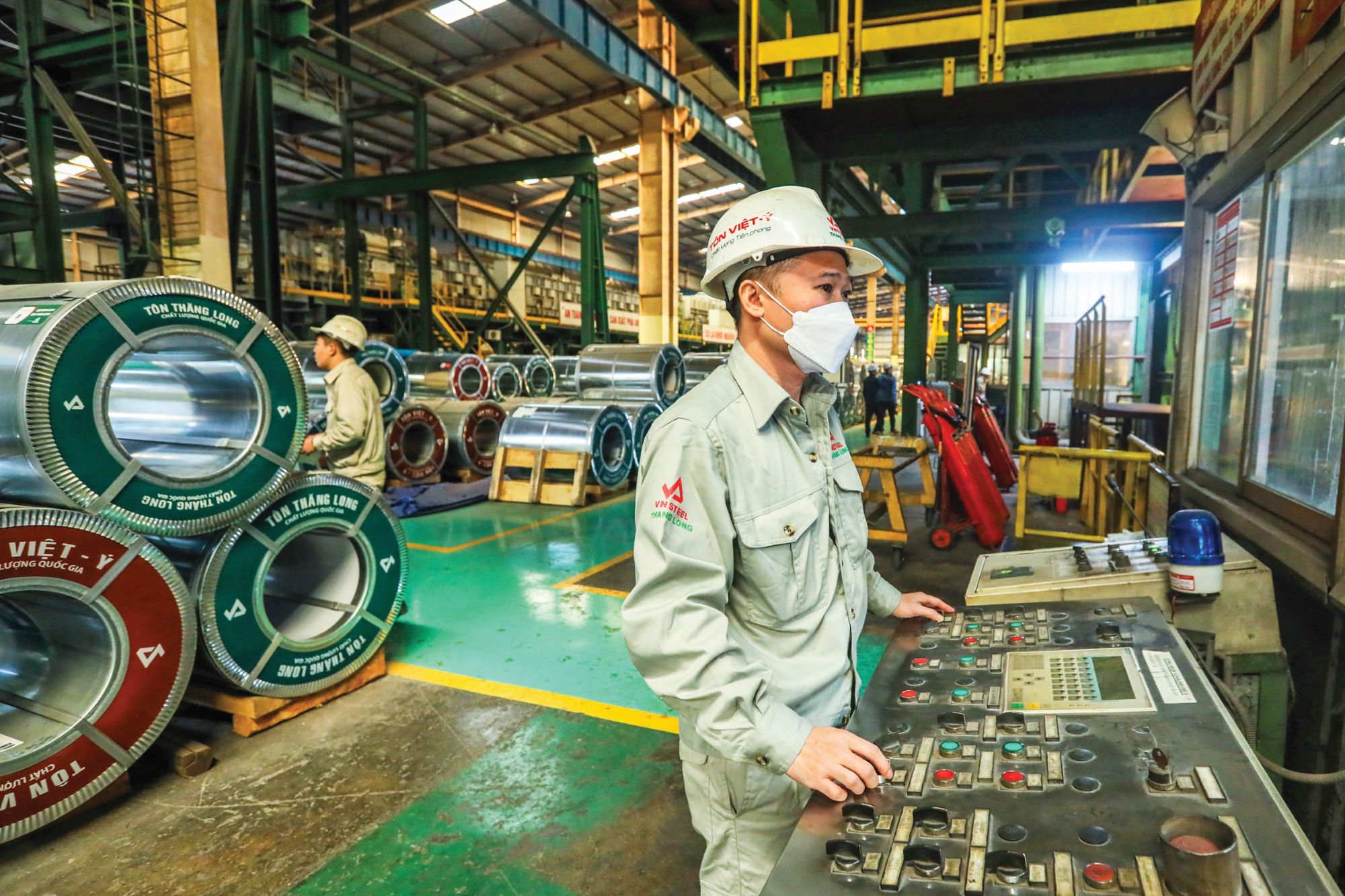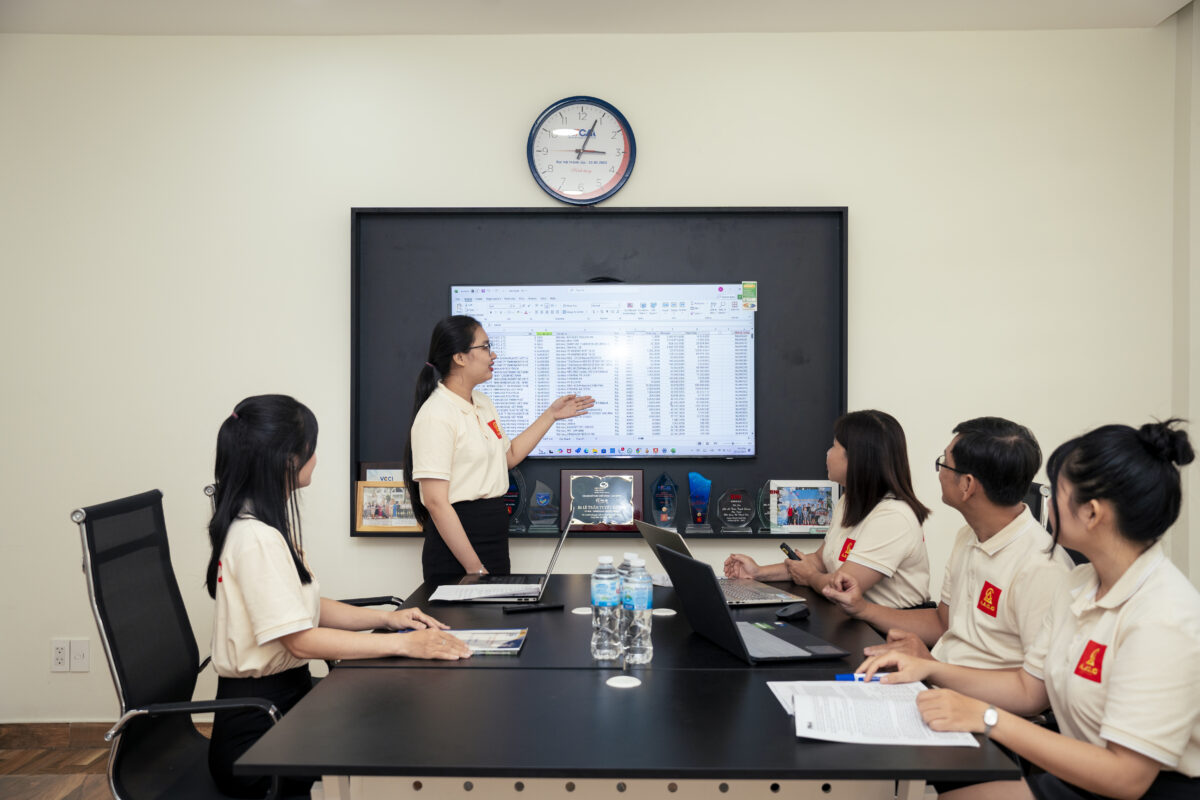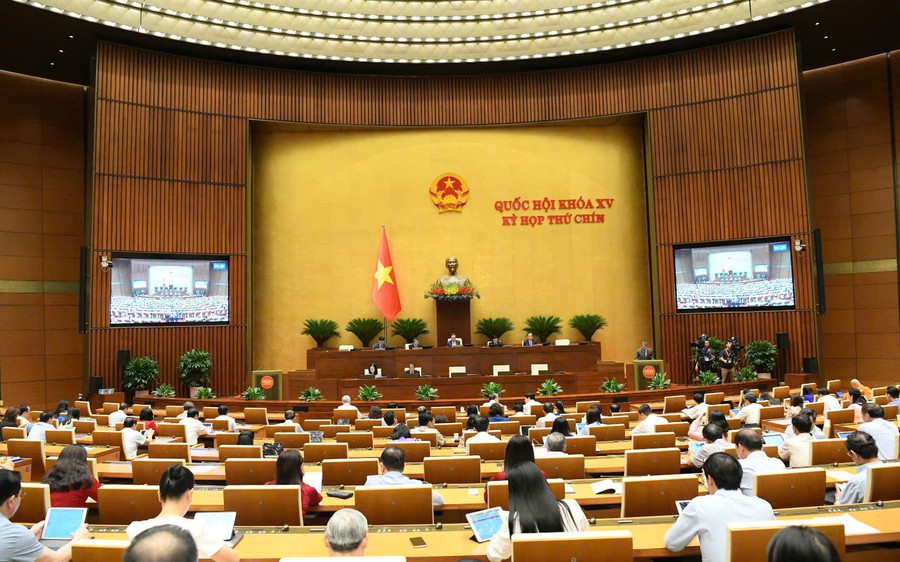
(Front) – Over nearly 40 years of implementing the Đổi Mới (Renewal) process, Vietnam has achieved remarkable accomplishments. However, the current period presents numerous socio-economic challenges that need to be addressed. This article focuses on identifying and evaluating the existing issues during the implementation of Vietnam’s socio-economic development strategy for the 2020–2023 period and provides reflections for shaping the economic development strategy in the coming years.
Vietnam’s Current Economy and Emerging Issues
Vietnam’s socio-economic development strategy for the 2020–2023 period was implemented amid a complex international context with multiple influencing factors, such as:
-
The global economic crisis of 2008, which lasted nearly a decade before signs of recovery emerged, and now the risk of another crisis looms as countries are forced to tighten monetary and fiscal policies after years of easing;
-
Increasing geopolitical tensions and competitions among certain nations;
-
Climate change with increasingly unpredictable patterns causing severe losses in both human lives and property across many countries;
-
Pressing global issues related to population, food security, and energy, which pose challenges not easily resolved.
Despite these difficulties, the implementation of Vietnam’s socio-economic development strategy from 2020 to 2023 yielded notable outcomes, reflecting the great efforts of the entire Party and people:
-
The average GDP growth rate reached 7.20%, placing Vietnam among the world’s high-growth economies;
-
Although macroeconomic conditions were complex, overall stability was maintained;
-
The investment environment was improved, enhancing its appeal to foreign investors;
-
A stable socio-political situation created a safe and favorable environment for development.
During 2020–2023, the global economy and political landscape experienced significant turbulence, compounded by the Covid-19 pandemic and climate change, which severely affected economic growth in all economies. Yet, thanks to the efforts of the entire Party and people, Vietnam’s economy demonstrated many positive signs compared to other countries.
In 2022, like many other countries, Vietnam faced unpredictable global fluctuations, including:
-
The Russia-Ukraine conflict, which had numerous adverse effects on the global economy, including Vietnam;
-
Disruptions in global supply chains due to the Covid-19 pandemic;
-
Surging prices of goods and input materials.
However, Vietnam introduced timely and appropriate policies, especially the dual-goal strategy of “fighting the pandemic while restoring production and business activities.” As a result, the economy showed strong signs of recovery; macroeconomic stability was maintained, and inflation was kept under control.
Vietnam’s GDP grew by 8.02% compared to 2021—the highest in the past 10 years. The economy’s scale reached VND 9,513 trillion, equivalent to USD 391.92 billion. Labor productivity in 2022 at current prices reached VND 188.1 million per worker, equivalent to USD 8,083, an increase of USD 622 compared to 2021. At constant prices, labor productivity increased by 4.8%, reflecting improved workforce quality.
In 2023, Vietnam achieved most of its key targets:
-
Macroeconomic stability was maintained;
-
Inflation was controlled at 4.16%;
-
The monetary and foreign exchange markets remained fundamentally stable despite significant global financial volatility;
-
Major economic balances were ensured.
According to the General Statistics Office, Vietnam’s GDP in 2023 grew by 5.05% compared to 2022—higher than the growth rates of 2020 and 2021, which were heavily affected by the Covid-19 pandemic.
Global Economic Landscape: Past, Present, and Future Challenges
Over the past decades—and in the coming ones—the global economic landscape has been, is being, and will continue to undergo major transformations. These shifts are driven by the rapid development of science and technology, particularly the Fourth Industrial Revolution, which has created new growth drivers while simultaneously rendering many traditional industries obsolete. The transition to green growth, the digital economy, and the circular economy is becoming an inevitable trend among nations.
In this context, Vietnam’s economy, although achieving significant results, still faces numerous limitations and challenges:
-
The economic growth quality remains unstable and not yet truly sustainable;
-
The internal strength of the economy is still weak;
-
Technological innovation and application are still limited, while labor productivity and total factor productivity (TFP) remain low compared to many countries in the region;
-
The business environment, although improved, still has many barriers and lacks transparency;
-
Environmental pollution and climate change continue to pose serious risks, requiring stronger and more effective solutions;
-
Disparities between regions and social classes persist;
-
The quality of human resources does not yet meet development requirements, especially in the context of deep international integration.
To shape a development strategy for the coming period, Vietnam must continue to innovate its thinking, improve its institutions, promote the role of science and technology, and focus on the development of high-quality human resources. At the same time, it is essential to maintain macroeconomic stability, ensure major economic balances, and strengthen resilience to external shocks. Particular attention should be paid to green growth, digital transformation, and enhancing national competitiveness.
The strategic vision must be long-term, aligned with global development trends, while ensuring the unique socio-political and cultural characteristics of Vietnam. Development must be inclusive, sustainable, and innovation-driven, aiming to transform Vietnam into a modern industrialized nation with high income in the coming decades.
Strategic Reflections for the Future
To achieve sustainable development in the coming years, Vietnam must define clear strategic orientations and policy frameworks that are responsive to both domestic realities and international dynamics. The focus should be placed on the following key areas:
-
Institutional Reform and Policy Innovation:
Continuing the process of institutional reform, ensuring the synchronization and transparency of legal frameworks, and removing unnecessary administrative barriers are essential to promote a healthy business environment and attract high-quality investments. -
Science, Technology, and Innovation:
Promoting research and development (R&D), fostering innovation ecosystems, and applying advanced technologies across all sectors will be vital in improving productivity and enhancing Vietnam’s position in global value chains. -
Human Capital Development:
Investing in education and vocational training tailored to market demands, especially in emerging sectors such as information technology, green energy, and automation, will help improve workforce quality and adaptability. -
Green Growth and Sustainable Development:
The transition to a green economy must be accelerated, focusing on renewable energy, circular production models, and strict environmental protection measures. These are not only obligations under international commitments but also crucial steps toward long-term resilience. -
Digital Transformation:
Digital transformation must be a national priority. Building smart infrastructure, enhancing digital skills for citizens, and developing digital government and digital enterprises will be fundamental to improving governance efficiency and economic competitiveness. -
Economic Resilience and Integration:
Enhancing Vietnam’s capacity to respond to external shocks, such as global financial crises, pandemics, or geopolitical tensions, is necessary. At the same time, Vietnam should actively deepen economic integration, diversify markets, and strengthen multilateral relations.
In conclusion, while the Vietnamese economy has made significant strides during the 2020–2023 period, many challenges remain that require strategic vision, unity of action, and timely adaptation. By leveraging its internal strengths, embracing innovation, and aligning with global development trends, Vietnam can confidently move toward a more dynamic, inclusive, and sustainable future.

Công nghiệp Việt Nam tập trung vào các lĩnh vực sản xuất công nghiệp có công nghệ tiên tiến, có chất lượng và giá trị cao. ẢNH: QUANG VINH
Development Strategy for Vietnam’s Economic and Social Development for the Period 2024-2030
International and Domestic Context
The international context for the period 2024-2030 is difficult to predict. It could develop in a more negative direction due to trade wars, monetary and fiscal tightening policies, and regional conflicts. Alternatively, it may improve and stabilize due to technological advancements and adjustments in government development policies. However, the global economy could also experience stagnation similar to current conditions. These developmental trends will be influenced by factors such as:
-
How the 4.0 Industrial Revolution progresses, how it integrates into everyday life, and what impact it will have.
-
The effects of ongoing conflicts and disputes.
-
Global issues like food security, energy, population growth, and climate change, and how these will be addressed.
Vietnam’s development strategy for the period 2024-2030 must take these international contexts into account. Domestically, the economic reforms Vietnam has undergone over the past 40 years have led to remarkable achievements, but many economic and social issues remain unresolved and will require continued focus.
The global economic restructuring presents an opportunity for Vietnam to rethink its development mindset during its deeper integration into the global economy. This includes redefining industrialization, modernization, and a socialist-oriented market economy model that aligns with global trends. It is crucial to continue promoting reforms and adjusting policies to overcome obstacles to fast and sustainable development.
Integration and Development
Vietnam’s deeper integration into the global economy and its enhanced role in international organizations offer significant opportunities. However, this comes with challenges such as improving the country’s competitiveness, ensuring sustainable growth, and addressing socioeconomic inequalities. These issues require a more comprehensive approach, with a focus on strategic reforms across all sectors of the economy.
Key Directions for Economic and Social Development (2024-2030)
To meet the challenges of the coming period, Vietnam’s development strategy should focus on several key areas:
-
Human Capital Development
The development of human resources remains a priority. Education systems need to be improved, with a particular focus on skill-building in fields like technology, green energy, and high-tech manufacturing, in order to meet the demands of a rapidly changing economy. -
Technological Innovation and Industry 4.0
Vietnam must embrace digital transformation to enhance productivity, boost competitiveness, and create sustainable economic growth. The government should continue to support innovation ecosystems, promote the adoption of cutting-edge technologies, and invest in R&D to foster a knowledge-based economy. -
Sustainable Economic Growth and Environmental Protection
Green growth initiatives must be expanded to mitigate environmental damage and promote sustainable resource use. This includes greater focus on renewable energy, energy efficiency, and creating circular economies in manufacturing. -
Global Integration and Regional Cooperation
Vietnam needs to further deepen its economic integration with the world, particularly through free trade agreements (FTAs), regional partnerships, and strengthening its presence in international markets. The country must also continue to strengthen its political and economic ties with ASEAN and other global players to navigate regional conflicts and economic uncertainties. -
Enhancing the Business Environment
The Vietnamese government should continue efforts to improve the business environment by streamlining administrative procedures, promoting transparency, and creating policies that encourage foreign investment. This is essential to foster a robust private sector that can drive economic growth and innovation.
In conclusion, while Vietnam’s economy has made significant progress over the past four decades, there remain many challenges to achieving sustainable and inclusive growth. The next phase of economic development will require further reform, investment in human capital, and strategic policies to address both domestic and international challenges. By leveraging technological advancements and fostering a more competitive and sustainable economy, Vietnam can set the stage for continued success in the years to come.
VÕ ĐẠI LƯỢC – PhD,
Asia-Pacific Economic Center








